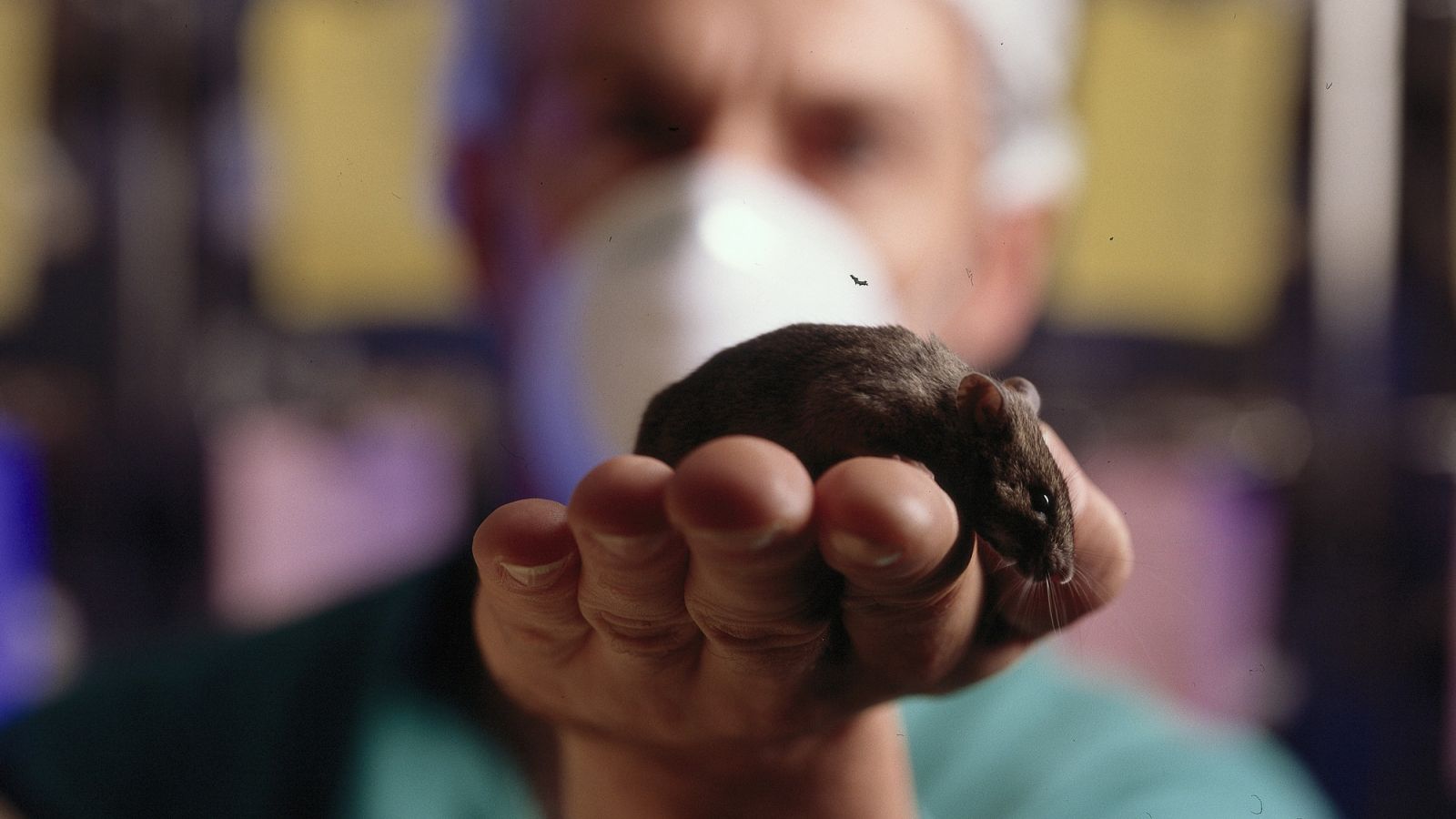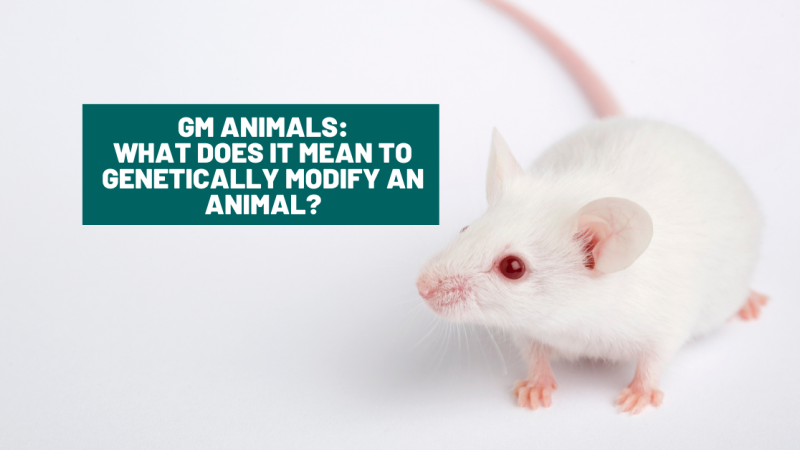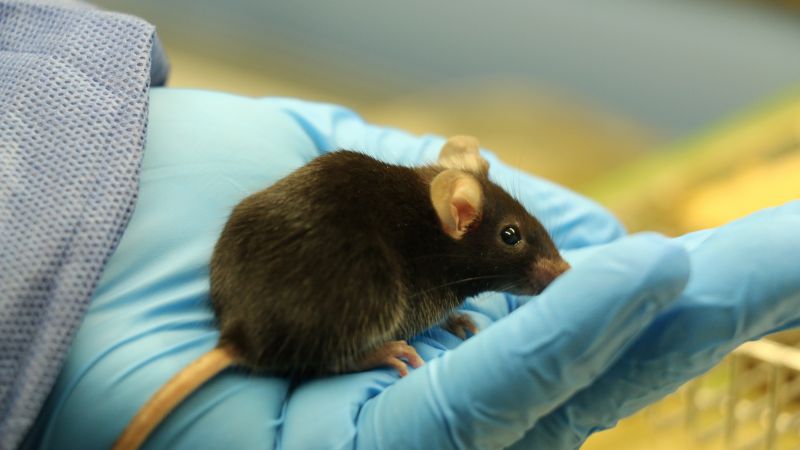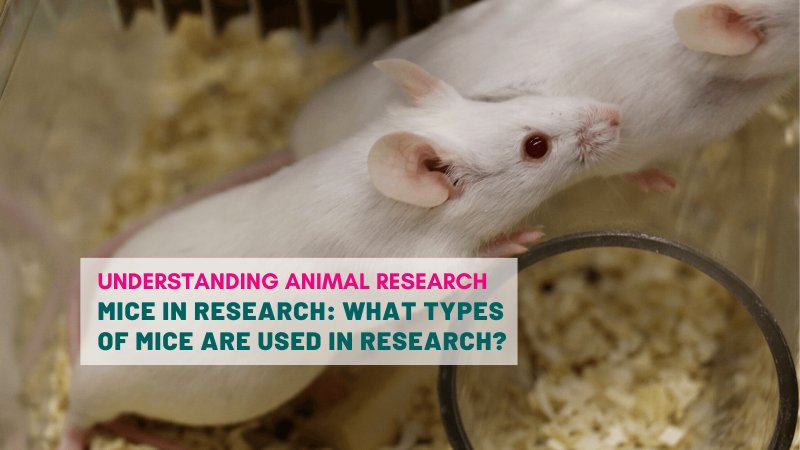In today's staff blog, Dr Ian Le Guillou looks at the impact of the new CRISPR technique for genetically modifying animals.
 The number of animal experiments in Britain has been increasing over the past twenty years. Looking at the statistics, there is one very clear reason why: breeding genetically modified mice. Breeding now accounts for over half of the animal experiments in Britain, compared to just 7% twenty years ago. In fact, without the animals used for breeding, the numbers of animal experiments has fallen by 600,000 since 1993.
The number of animal experiments in Britain has been increasing over the past twenty years. Looking at the statistics, there is one very clear reason why: breeding genetically modified mice. Breeding now accounts for over half of the animal experiments in Britain, compared to just 7% twenty years ago. In fact, without the animals used for breeding, the numbers of animal experiments has fallen by 600,000 since 1993.
So why do we have so many animals used for breeding? Improvements in our understanding of genetics and our technology have brought about a genetic revolution. The ability to genetically alter animals allows researchers to study diseases and conditions in a way that is much more relevant to patients. This can be as simple as studying the effects of removing a certain gene so that its role in a disease can be confirmed, or inserting a human gene in a mouse to study how a virus attacks our bodies.
The extra precision and relevance of studying genetically modified animals allows researchers to use fewer and less sentient animals. As I discussed in my last blog post, genetically modified mice can now replace the need for monkeys when testing the polio vaccine.
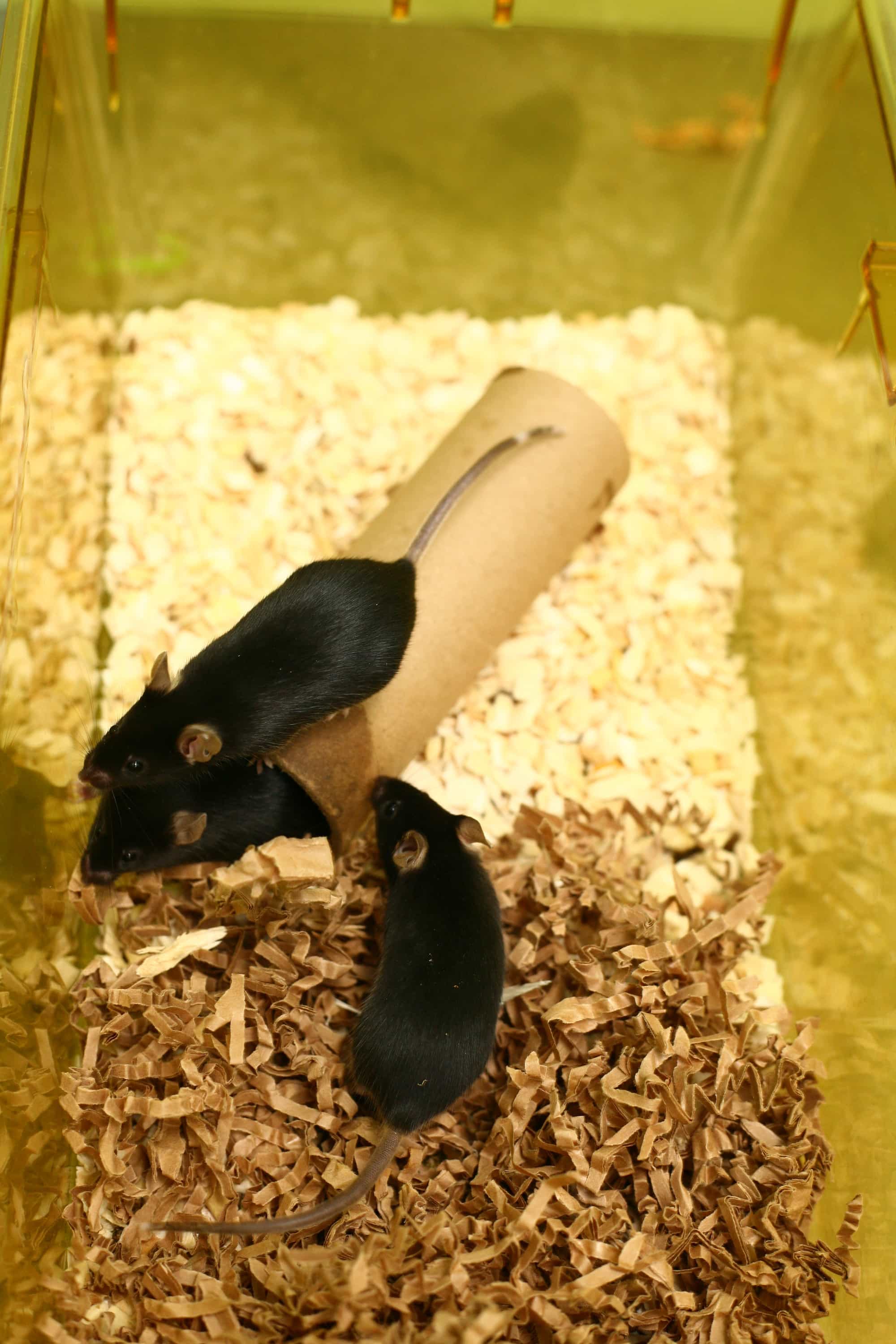 However, this has come at the cost of the millions of additional animals used for breeding. For the past few decades, our techniques for creating genetically modified animals have been technically challenging. It involves inserting or removing genes in embryonic stem cells that are then injected into an early-stage mouse embryo. This results in a chimeric mouse that has only some cells that are genetically altered. Researchers then have to check if the altered gene can be passed on to any of its offspring. These offspring then need to be cross-bred to create mice that have two copies of the gene. At every step along this way there are multiple mice that do not carry the gene or cannot pass the gene on, all of which are of limited use to researchers.
However, this has come at the cost of the millions of additional animals used for breeding. For the past few decades, our techniques for creating genetically modified animals have been technically challenging. It involves inserting or removing genes in embryonic stem cells that are then injected into an early-stage mouse embryo. This results in a chimeric mouse that has only some cells that are genetically altered. Researchers then have to check if the altered gene can be passed on to any of its offspring. These offspring then need to be cross-bred to create mice that have two copies of the gene. At every step along this way there are multiple mice that do not carry the gene or cannot pass the gene on, all of which are of limited use to researchers.
A new way of modifying DNA, known as CRISPR, can reduce much of this breeding. CRISPR was discovered in the primitive immune system of bacteria, and it has some very useful features. It enables researchers to create a break in the DNA helix at very specific places, where they can then introduce mutations as the break is repaired.
This level of precision can be applied to single-celled embryos in the very early stage of development and avoids many of multiple steps for creating genetically modified animals: several genes can be edited at once, both copies of the gene can be changed and there is no need for a supply of embryonic stem cells.
The CRISPR system was first developed in 2012 and there has been a significant buzz about it in the scientific community. The precision offered by this technique offers an additional level of refinement for researchers – if they can produce better, more faithful, models for diseases then the results will be even more reliable.
The technique is still in its infancy and researchers are still checking for unintended effects and finding new ways of applying it to difficult problems. The potential for CRISPR is massive. It is cheaper, simpler, more reliable, and requires fewer animals. This powerful combination offers scientists the opportunity to make huge leaps in our understanding of genetics, improve models of human diseases, and ultimately develop new treatments and cures.
Last edited: 10 March 2022 19:12

